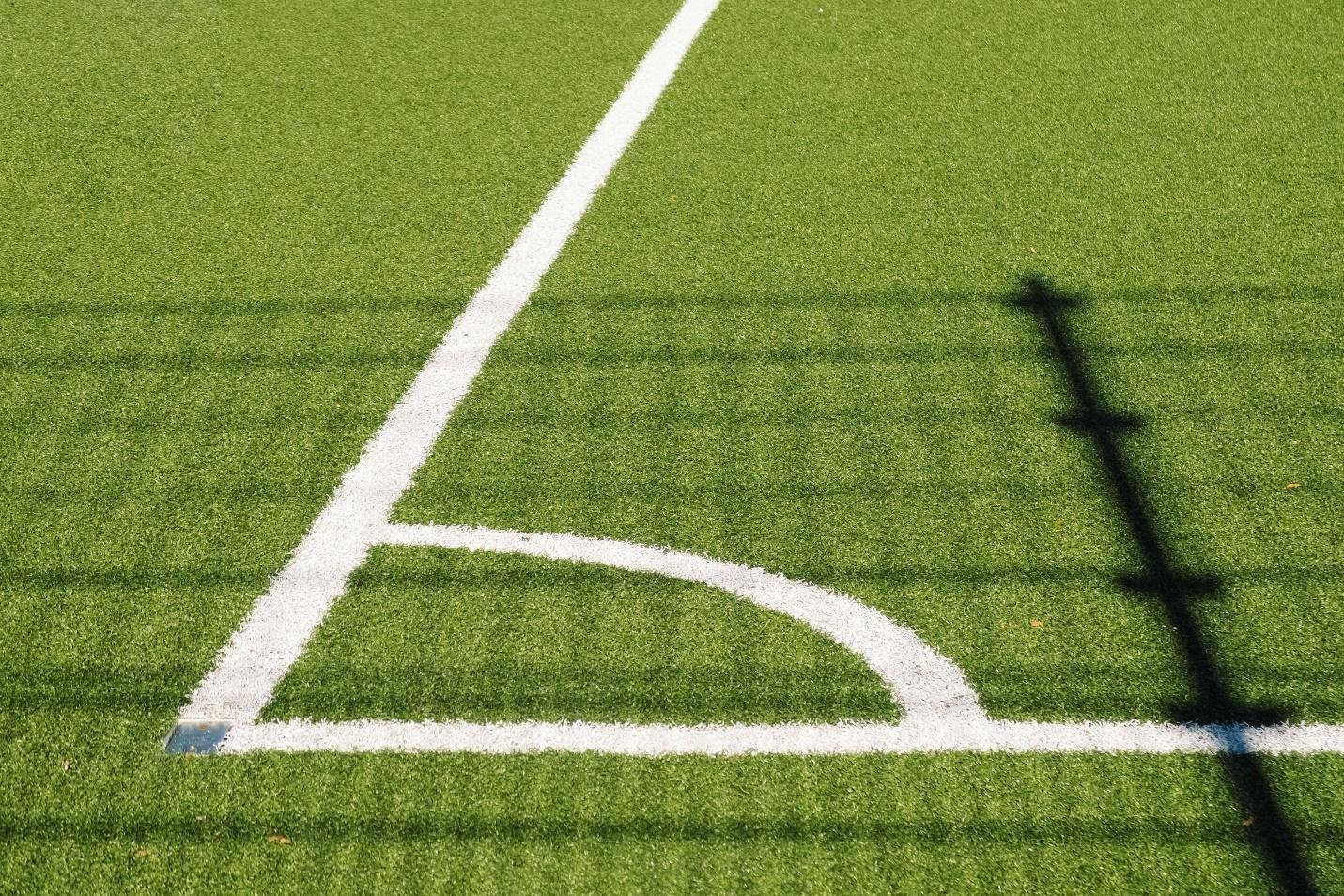Maintaining a lush green lawn can be time-consuming, requiring frequent watering, mowing, and fertilization. Choosing between artificial vs. real grass may seem difficult for those who want the look of a beautiful lawn without the hassle.
Pros of Artificial Grass
- Artificial grass, also known as synthetic turf, has become increasingly popular in recent years due to its low maintenance requirements and durability. Unlike real grass, artificial grass does not require watering, mowing, or fertilization, making it an ideal choice for those who want a beautiful lawn without the hassle. Artificial grass is also resistant to pests and insects, making it an excellent choice for those who live in areas with a high prevalence of pests.
- Artificial grass can be installed quickly and easily, making it an excellent choice for instant lawns. It can also be used in a variety of settings, including residential lawns, commercial properties, and sports fields. Artificial grass is also an eco-friendly option, as it does not require pesticides or fertilizers, which can harm the environment.
Cons of Artificial Grass
- However, artificial grass also has some downsides. It can become hot in the sun, making walking barefoot uncomfortable. It can also be less forgiving than real grass, making it a less-than-ideal choice for sports that involve falls or tackles. Additionally, some people find that artificial grass does not have the same look and feel as real grass, which can detract from the property’s overall aesthetics.
Pros of Real Grass
- On the other hand, real grass has been the traditional choice for lawns for centuries. Real grass has a natural look and feels that artificial grass cannot replicate. Real grass also provides a soft and comfortable surface that is ideal for outdoor activities like picnics, soccer games, and other sports.
- Real grass is also environmentally friendly, as it absorbs carbon dioxide and produces oxygen, helping to improve air quality. Additionally, real grass can help prevent erosion and improve soil quality, which can benefit the environment.
Cons of Real Grass
- However, real grass also requires significant maintenance, including watering, mowing, and fertilization. It can also be prone to pests and diseases, requiring the use of pesticides and herbicides, which can be harmful to the environment.
The Final Word
In conclusion, the choice between artificial vs. real grass ultimately comes down to personal preference and individual circumstances. If you are looking for a low-maintenance option requiring minimal upkeep, artificial grass may be the better choice. However, if you value the natural look and feel of real grass and don’t mind putting in the effort to maintain it, real grass may be the better choice.
Ultimately, both options have advantages and disadvantages, and it is up to you to decide which is best for your property and lifestyle. Whatever you choose, remember that a beautiful lawn can enhance your home’s curb appeal and provide a relaxing space to enjoy the great outdoors. To learn more about artificial grass, contact Turrific Turf for more information and a free consultation for your backyard.


